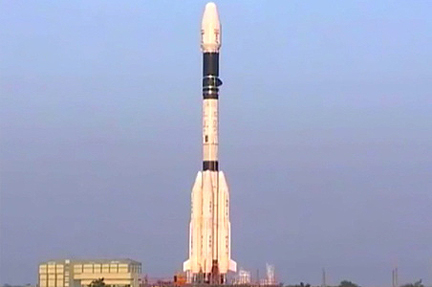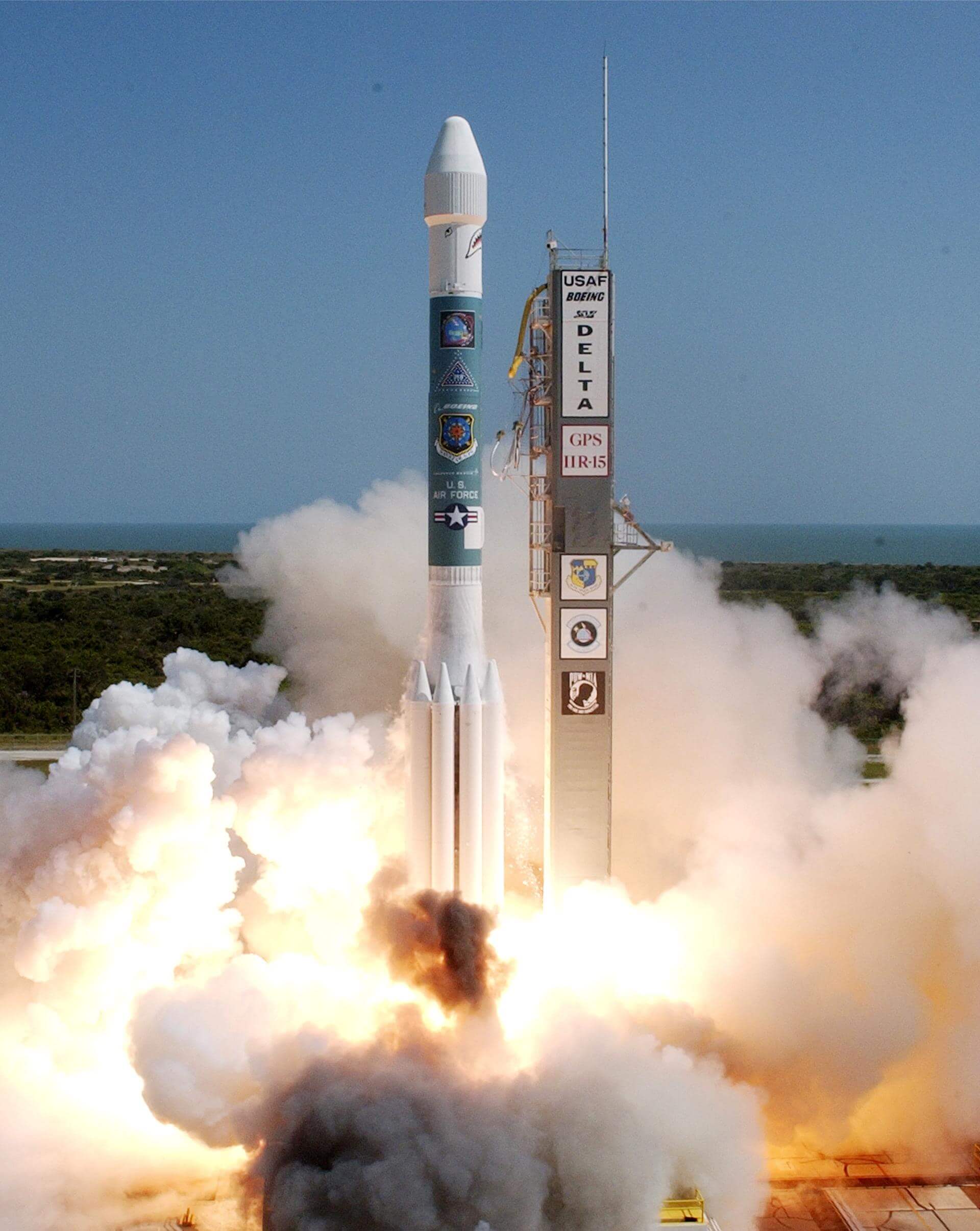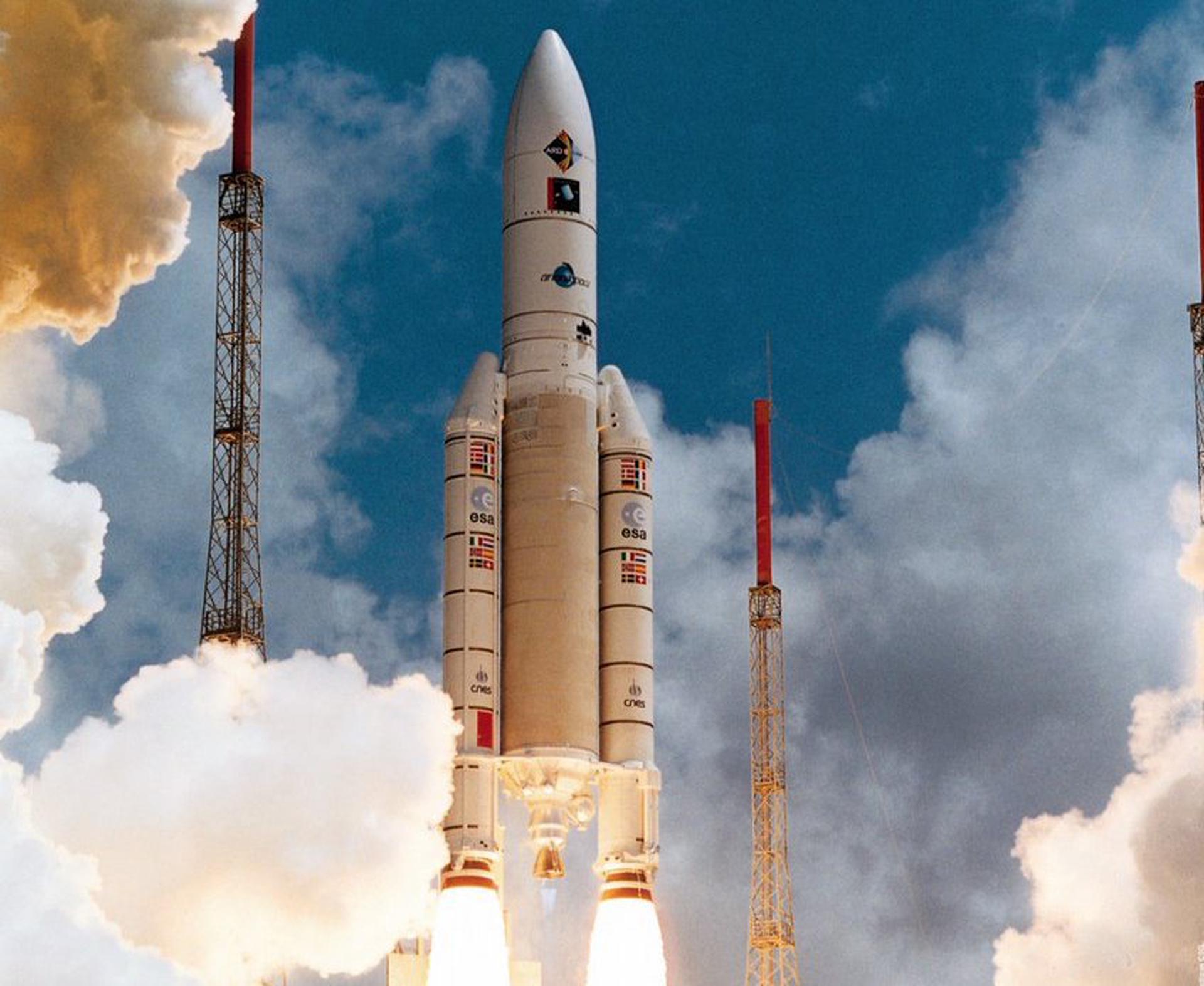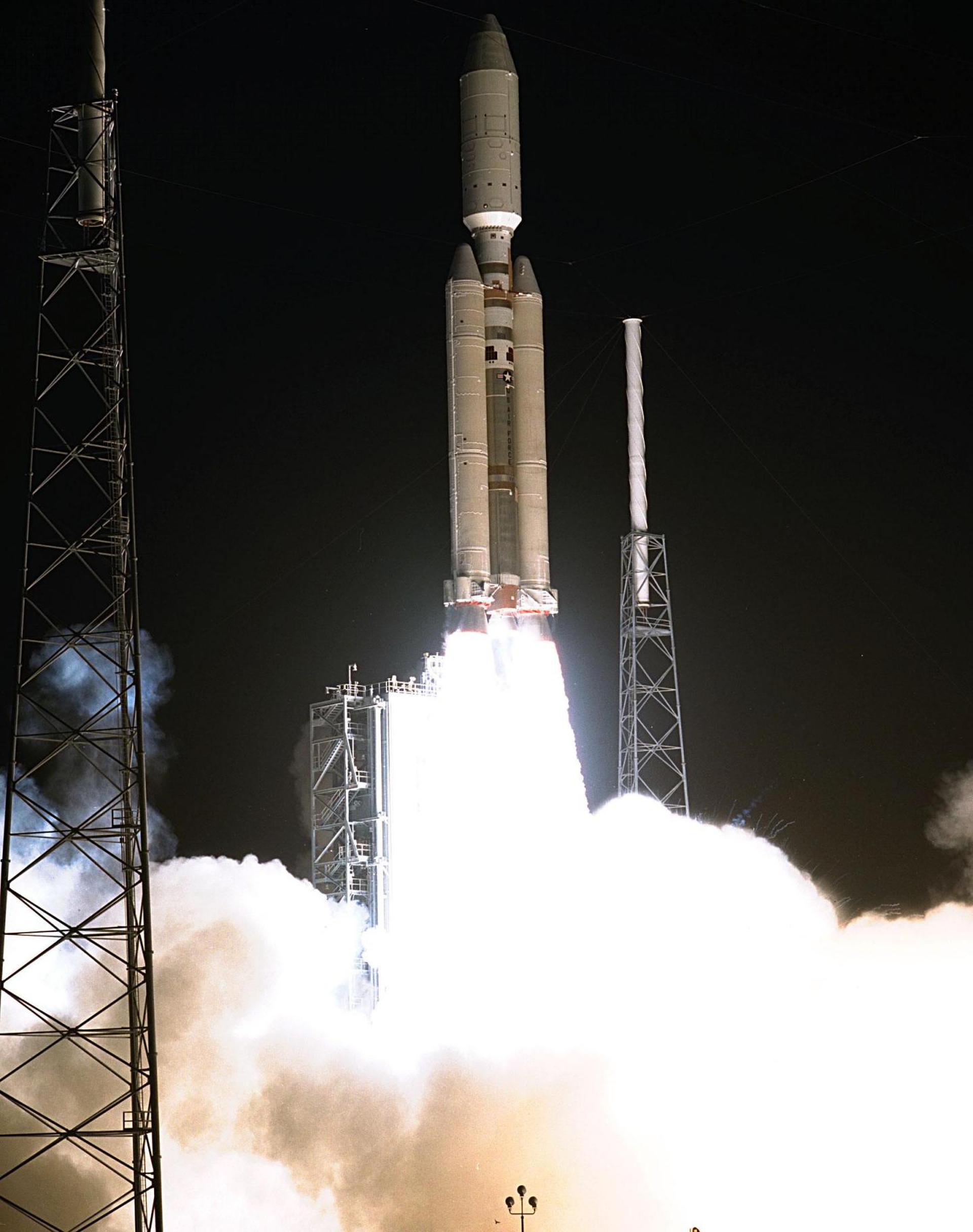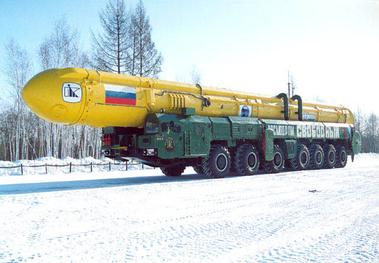Previous Spaceflight Launches
Filter by Agency, Locations or Vehicles
Show All LaunchesGSLV | GSAT-1
Indian Space Research Organization | IndiaSatish Dhawan Space Centre, India
April 18, 2001, 10:13 a.m.
Delta II | Mars Odyssey
United Launch Alliance | United States of AmericaCape Canaveral SFS, FL, USA
April 7, 2001, 3:02 p.m.
Status: Launch Successful
Mission:
2001 Mars Odyssey is a robotic spacecraft orbiting the planet Mars. The project was developed by NASA, and contracted out to Lockheed Martin, with an expected cost for the entire mission of US$297 million. Its mission is to use spectrometers and a thermal imager to detect evidence of past or present water and ice, as well as study the planet's geology and radiation environment.
Sun-Synchronous OrbitProton-M Briz-M | Ekran-M 4
Khrunichev State Research and Production Space Center | RussiaBaikonur Cosmodrome, Republic of Kazakhstan
April 7, 2001, 3:47 a.m.
Zenit | XM-2
Sea Launch | RussiaSea Launch
March 18, 2001, 10:33 p.m.
Status: Launch Successful
Mission:
Hughes Space and Communications International, Inc., now Boeing Satellite Systems, Inc., and XM Satellite Radio Inc. (XMTM) signed a contract 23 March 1998, for two BSS-702 model satellites, named XM 1 and XM 2 (nicknamed "Rock" and "Roll"). These satellites are designed to provide state-of-the-art digital audio radio programming directly to cars, homes and portable radios coast to coast.
Geostationary Transfer OrbitAriane 5 G | Eutelsat 28A & BSAT-2a
ArianeGroup | FranceGuiana Space Centre, French Guiana
March 8, 2001, 10:51 p.m.
Status: Launch Successful
Mission:
Eutelsat 28A is a commercial communications satellite used for digital television, covering Europe and NW Africa. BSAT-2a is a geostationary, commercial communications satellite used for direct television broadcasting across Japan.
Geostationary Transfer OrbitSpace Shuttle Discovery / OV-103 | STS-102
National Aeronautics and Space Administration | United States of AmericaKennedy Space Center, FL, USA
March 8, 2001, 11:42 a.m.
Status: Launch Successful
Mission:
STS-102 was a Space Shuttle mission to the International Space Station (ISS) flown by Space Shuttle Discovery and launched from Kennedy Space Center, Florida. STS-102 flew in March 2001; its primary objectives were resupplying the ISS and rotating the Expedition 1 and Expedition 2 crews.
Low Earth OrbitTitan IVB | Milstar 4
Lockheed Martin | United States of AmericaCape Canaveral SFS, FL, USA
Feb. 27, 2001, 9:20 p.m.
Soyuz U | Progress M-44
Russian Federal Space Agency (ROSCOSMOS) | RussiaBaikonur Cosmodrome, Republic of Kazakhstan
Feb. 26, 2001, 8:09 a.m.
Start-1 | Odin
Moscow Institute of Thermal Technology | RussiaSvobodny Cosmodrome, Russian Federation
Feb. 20, 2001, 8:48 a.m.
Space Shuttle Atlantis / OV-104 | STS-98
National Aeronautics and Space Administration | United States of AmericaKennedy Space Center, FL, USA
Feb. 7, 2001, 11:13 p.m.
Status: Launch Successful
Mission:
STS-98 was a 2001 Space Shuttle mission to the International Space Station (ISS) flown by Space Shuttle Atlantis. It was the first human spaceflight launch of the 21st century. STS-98 delivered to the station the Destiny Laboratory Module.
Low Earth Orbit